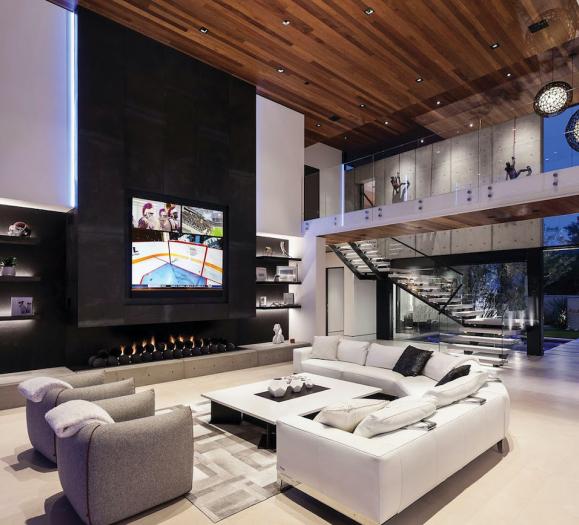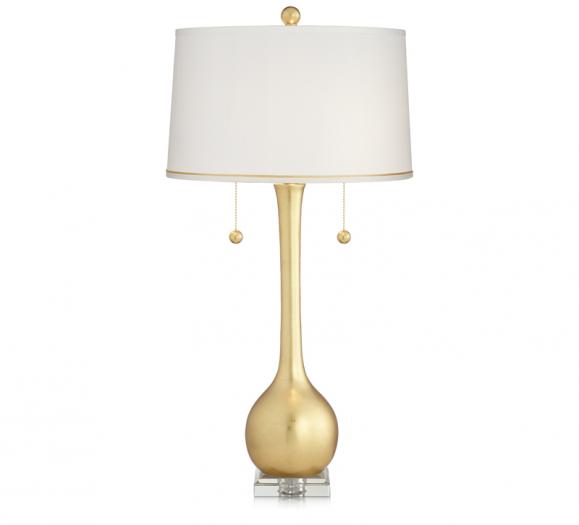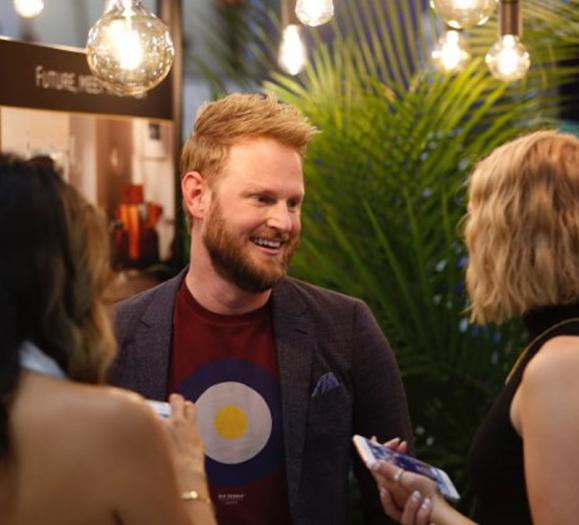TIP 1: Light makes right
You can’t understand light without also knowing darkness. It’s like you can’t understand true happiness unless you also experience sadness. The best design comes when there’s
a balance between light and shadow. Just filling a room with flat overall illumination is not really a design. You see this all the time, though, where the contractor or the architect lays out a grid of recessed fixtures and calls it a day. For one, recessed downlights are pretty awful for people to be under. They create harsh shadows on faces, prematurely aging family and friends. The only way you look good under recessed downlights is if you’re lying on the floor looking up, which is an awkward position in which to entertain.
The best way to illuminate a space is to incorporate light layering, using various light sources coming from different angles, to create a flexible and inviting space. This is where the terms task, accent, decorative and ambient come into play. Task lighting is work light for kitchen countertops, reading, stair lighting and closets. Accent light comes from adjustable recessed fixtures, track lights or portable lights, which are used to highlight objects in a space. Decorative lighting creates a visual sparkle for a room that helps to draw people in and helps to define separate areas within an open-plan space. Ambient light is indirect lighting that’s bounced off the ceiling. This creates flattering light for family and guests, while drawing attention to any ceiling details such as beams, coffers or slopes. The most successful designs employ all four types of illumination.
You don’t have to light every corner and every object in the space. It’s okay to let some areas fall into shadow. This helps create depth and dimension, as well as visual interest.
TIP 2: Twist and flaunt
If you have an existing space filled with recessed downlights, don’t despair. There are upgrades you can make. Most recessed housings are “universal,” which means they can accommodate a variety of trims. The fixed downlights can be replaced with an adjustable trim so that the lighting can be directed towards art, plants and tabletops instead of over people’s heads. My recommendation is to select one that uses a 120 V LED MR16 bulb or an LED PAR20 reflector bulb. This gives you flexibility and energy efficiency at the same time. Choose a bulb that’s in the 2400-2700K range with a CRI of 90 or higher. 2700K is the color of incandescent light at full brightness and 2400K is the color of dimmed incandescent light.
You can also turn your recessed fixture into a surface-mounted fixture or a pendant-hung fixture using retrofit kits from such companies such as www.recesseo.com. The changeover is pretty easy and does not require an electrician, just somebody who is comfortable on a ladder. Bonus points if they can handle a drill in one hand and a Moscow Mule in the other.
TIP 3: Mooning the neighbors
One of the places where the creation of light and shadow is most successful is outside the home. If the façade of a house is simply flooded with light it ends up looking too commercial. Your house is not a national monument. Also, your guests will feel like they are part of a prison break as they are leaving for the night. No one likes to be accosted by light.
A wonderful way to project a dappled pattern of light and shadow onto lawns, pathways and flower beds is to mount directional accent light fixtures in the trees, pointed downwards through the lower branches. This creates a chiaroscuro effect, as if moonlight were passing through the leaves. Remember: light + shadow = magic.







